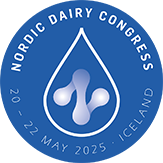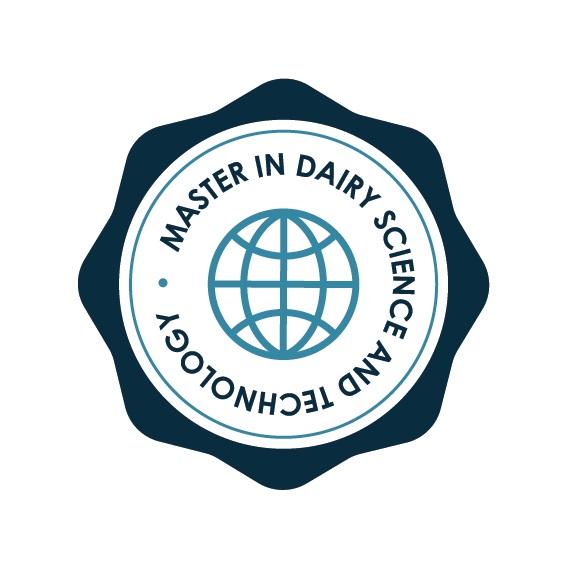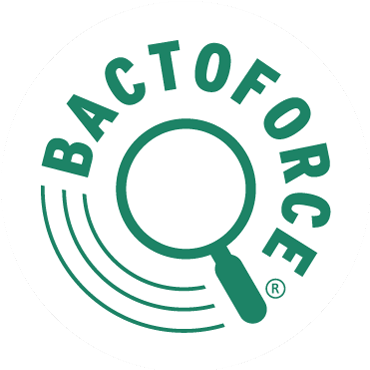
Category:
Time:
Human milk is the ideal food in terms of nutrition for newborns, as it provides a myriad of bioactive functions that influence infant’s healthy growth, before they are able to digest any other food. Studies show that exclusive human milk feeding during the first few months of life decreases the risk of developing necrotizing enterocolitis (NEC) compared to commercial infant formula feeding. Despite the important role of human milk for health, a particular difficulty with research in this area is the lack of sufficient material for performing large functional and in vivo studies. In the search of bioactive compounds mimicking human milk, bovine milk oligosaccharides (BMO) were discovered a few years ago. To this extent, our group has explored the viability of dairy streams as sources and identified a multitude of BMO in cheese whey permeate, the by-product of whey protein concentration. The concurrent application of mass spectrometry methods with novel purification techniques enable gaining valuable information about the bioactive milk oligosaccharides and guide their separation process from dairy streams. This work has also been generating valuable bioinformatic libraries containing the experimentally determined information (accurate masses measurements, tandem spectra and retention times) of bovine glycans to facilitate their identification in other dairy streams (e.g. mother liquor). Preliminary in vitro results using purified BMO fractions demonstrate significant growth of commensal bacteria. Released N-glycans from milk proteins demonstrated an even higher prebiotic selectivity towards specific strains of beneficial Bifidobacteria. Additionally, the ability to use novel processing enzymes cloned from Bifidobacteria to harvest bioactive human milk oligosaccharide (HMO)-mimics (glycans from proteins) using an abundant and inexpensive substrate such as cheese whey, will enable development of new food products with health guiding capabilities for infants, immuno-compromised elderly, and the population at large as well as add value to an existing agricultural co-product.













































 Munkehatten 28
Munkehatten 28